The Ultimate Diet Guide: Pros and Cons of Popular Diets
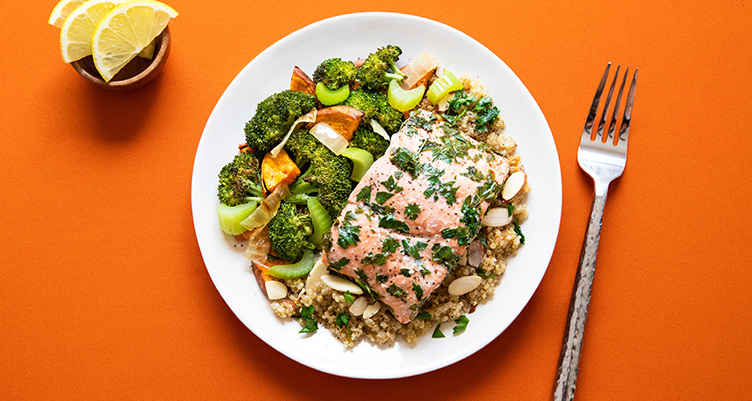
- Lose weight, burn fat, boost your metabolism — different diets have made a lot of claims over the years. What are they all saying?
- Get the high-level details on popular diets, how they work and how they can affect your wellness goals.
- Then, learn how to break diet culture with foods that fuel your mind and body.
A diet isn’t necessarily a way to lose weight. The word “diet” just refers to the way you habitually eat — but for decades, different styles of eating have come and gone (and, in some cases, come back again). What are they all saying, and which one is right for you? Keep reading to learn the high-level details about popular diets, from paleolithic palates to varieties of vegetarianism.
Pros and cons of popular diets
Atkins Diet
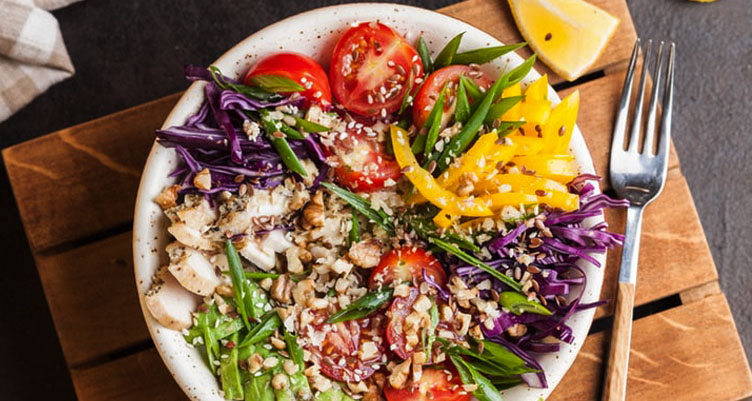
Pros:
- Limits carbs and puts you in ketosis, a state where you burn fat for fuel
- Doesn’t require calorie counting or portion control
- Clearly defined phases for a structured approach to weight management
Cons:
- As your body switches from burning carbs to burning fat for fuel, you may experience the keto flu
- Staying low-carb for extended periods of time doesn’t work for everyone
- Atkins products aren’t ideal for people with food sensitivities
Developed in 1972, the Atkins Diet is a style of ketogenic diet that breaks weight management into four phases. By eating lower-carb, you eventually enter the fat-burning metabolic state called ketosis. You’ll likely feel full and satisfied when you load up on quality protein and fats, but tread carefully with Atkins convenience foods — they can contain ingredients you might want to avoid, like gluten, sucralose and palm kernel oil.[1][2]
Blue Zones diet

Pros:
- Holistic approach to wellness that encompasses diet, social connection, a whole food plant-based diet and moderate physical activity
- Minimizes processed foods and excess sugar
Cons:
- Grains and legumes are not ideal for people with food sensitivities
- Minimizes meat consumption, which can fit into a balanced diet
The Blue Zones diet got its name in 2005, but it’s based on demographic research into regions of the world where author Dan Buettner found people live longer than average. Based on their habits, the Blue Zone is a framework of living to support longevity. The diet emphasizes whole grains, a handful of nuts, a cup of beans and five to 10 servings of fruits and vegetables daily, and it minimizes sugar-sweetened beverages, salty snacks, packaged sweets and processed meats.[3][4]
Carnivore diet

Pros:
- Easy to follow — just eat meat and nothing else
- Puts your body in ketosis, which promotes brain power, energy and satiety
- Completely eliminates foods commonly associated with food sensitivities
Cons:
- Extremely restrictive
- A zero-carb diet may not be sustainable long-term
The carnivore diet is deceptively simple: just eat animal foods. Some carnivores will allow coffee, dairy and animal fats, while others are meat-only. This diet is effectively a zero-carb diet, which can increase your risk of digestive issues and thyroid problems long-term. And because you aren’t eating any fruits or vegetables, you’re missing out on immune-boosting antioxidants and fiber.[5][6]
DASH diet
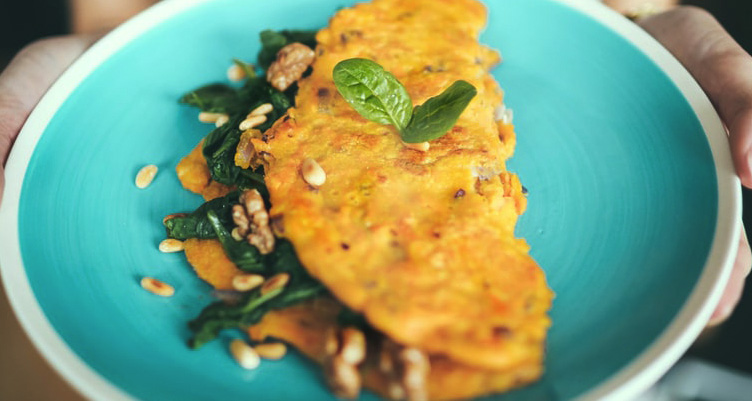
Pros:
- Emphasizes whole foods
- Reduces processed foods and added sugar
- Provides easy guidelines to apply to your everyday meals
Cons:
- Allows artificial sweeteners (in moderation)
- Limits saturated fats altogether — read why that’s a problem
- Not ideal for people with food sensitivities
Created in the 1990s, the DASH stands for Dietary Approaches to Stop Hypertension. True to its name, it’s designed to lower blood pressure by reducing sodium intake and emphasizing vegetables, fruits and low-fat foods.[7][8]
Related: Is Fat Good for You? Everything You Need to Know About Dietary Fats
Dukan diet
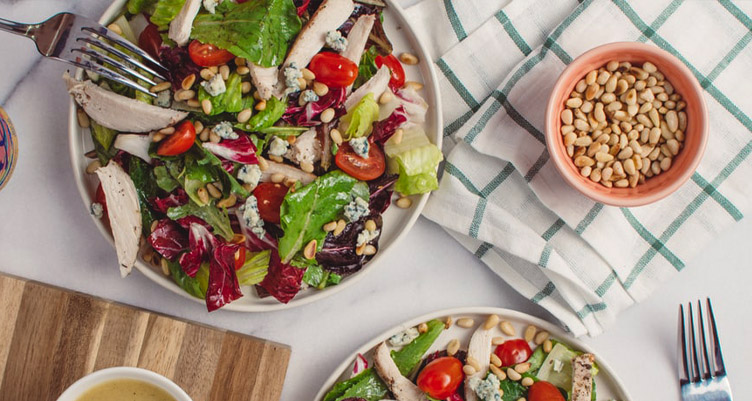
Pros:
- Designed to help you shift into ketosis
- Encourages eating more protein, which helps you feel full
Cons:
- Eating too much protein over an extended period of time can kick you out of ketosis and increase your risk of health conditions
- Strict guidelines may not be ideal for people who have a negative relationship with food
The Dukan diet is a high-protein, low-carb diet developed in 2000. It’s broken down into four phases that allegedly promote rapidly weight loss without making you feel hungry, primarily by emphasizing high-protein meals and keeping carbs low enough to put you in ketosis. Each phase has its own rules around what to eat and what to avoid — but people may feel restricted by the sheer scale of guidelines within each phase.[9][10]
Gluten-free diet
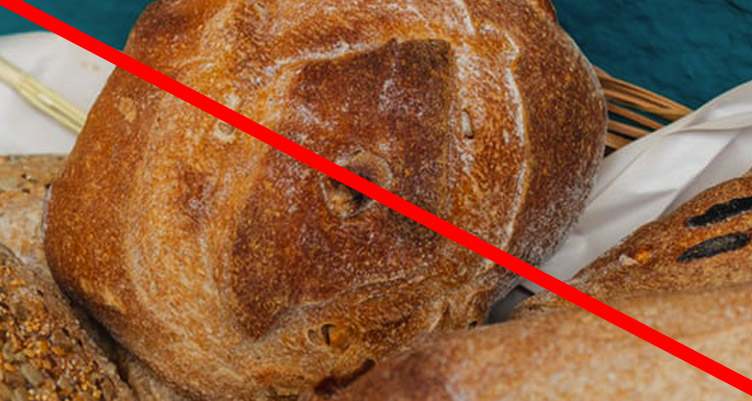
Pros:
- Eliminates gluten, a protein found in wheat, grains and barley that can cause sensitivities or even allergic reactions
- More accessible thanks to growing popularity of gluten-free foods
Cons:
- Not inherently healthy or a way to manage weight
- Requires extra care to avoid gluten contamination
- Difficult to manage if you’re eating out
For people with celiac disease, even a small amount of gluten in their diet can trigger severe autoimmune reactions like bloating, nausea and joint pain. Other people are just sensitive to gluten, leading to allergy-like symptoms. If you cut grains out of your diet and find yourself feeling better, you may have been dealing with gluten sensitivity.[11]
Related: The Complete Bulletproof Guide to Gluten and Grains
HCG diet

Pros:
- Allegedly leads to rapid weight loss
Cons:
- Literally everything
- Promotes extreme and prolonged calorie restriction
- Over-the-counter HCG products are banned by the FDA[12]
The HCG diet makes big claims without a lot of substance. This diet is unsafe, and HCG products are illegal. It recommends limiting your calorie intake to just 500 calories per day for an extended period of time, which can slow down your metabolism, interfere with your body’s natural processes and make you feel lousy.[13][14]
Related: How to Spot Fad Diets and What to Do Instead
Intermittent fasting

Pros:
- Easy to do — just restrict your eating window
- Spending less time eating naturally creates a calorie restriction, which can help with weight management (and avoid late-night snacking)
- Intermittent fasting benefits include autophagy and regulating insulin levels
Cons:
- Not ideal for people with a history of disordered eating.
- Fasting causes temporary stress on the body. If you’re already highly stressed, excess cortisol can make you feel worse and undo IF’s benefits
Humans evolved to survive extended periods without food, so intermittent fasting (IF) is part of our biological makeup. There are different styles of fasting to suit your needs and schedule, such as 16:8 (fasting for 16 hours a day) or OMAD (eating one meal a day). People use IF to maintain a healthy weight, stay in ketosis and promote alertness by minimizing blood sugar crashes.
Ketogenic diet
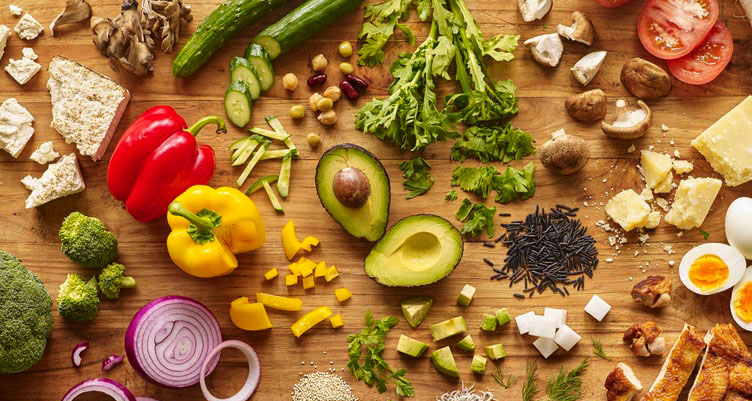
Pros:
- Puts your body in ketosis, which supports brain power and lasting energy
- Eating more quality fats promotes satiety and curbs cravings
- Burns body fat and dietary fat for fuel
Cons:
- Transitioning to a lower-carb diet can be a significant lifestyle change
- For some people, restricting carbs may not work long-term
- Some foods are keto-friendly but not necessarily healthful
The ketogenic diet (aka the keto diet) is a powerful way to burn fat, curb cravings and supercharge your brain. By eating more quality fats and fewer carbs, you switch into ketosis—a state where you burn fat for fuel instead of glucose. There are different styles of keto to suit your needs and lifestyle, like carb cycling and targeted keto. One version even allows for the consumption of some processed foods, which makes the dirty keto vs. clean keto debate an interesting topic of discussion from a nutritional standpoint.
Give us 30 days and we'll give you more energy. Get tips, recipes and more that will help you become the best version of YOU.
Low-FODMAP diet

Pros:
- Aims to provide relief for people with digestive concerns
- Limits common triggers for food intolerances, such as gluten and dairy
Cons:
- Not a diet, but more of an eating pattern, which means it may not support weight management goals
- Takes at least two to six weeks of strict adherence to take effect
- Best done with a doctor’s support
FODMAPS (fermentable oligosaccharides, disaccharides, monosaccharide and polyols) are carbohydrates that can cause digestive distress in some people. If you’ve ever felt bloated after eating wheat, legumes, high-fructose fruits like apples or milk, you may benefit from a low-FODMAP diet.[15]
Master Cleanse

Pros:
- Simple
Cons:
- Not sustainable
- Extreme caloric restriction increases stress hormone levels[16]
Also known as the Lemonade Diet, the Master Cleanse is a way to lose water weight by only drinking liquids and laxatives for at least 10 days. Because it involves an extreme calorie deficit, you’ll likely feel fatigued, deprived and irritable — and put the weight back on after you return to your regular diet.[17]
Mediterranean diet
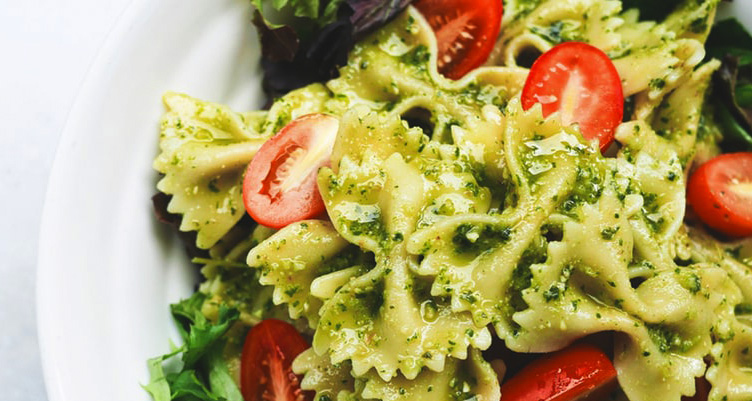
Pros:
- Emphasizes whole foods and healthy fats like olive oil
- Sustainable eating style that allows a wide variety of foods
Cons:
- Limits red meat, but unprocessed, high-quality meat can be a beneficial part of a balanced diet
- Not ideal for people with food sensitivities
The Meditteranean diet was developed in the 1980s and is rooted in the cultural diet of Italy and Greece. It’s less of a weight loss diet and more of an eating style — it encourages plant-based foods, whole grains and healthy fats, and limits the consumption of red meat, saturated fat and sugar.[18]
Mono diet
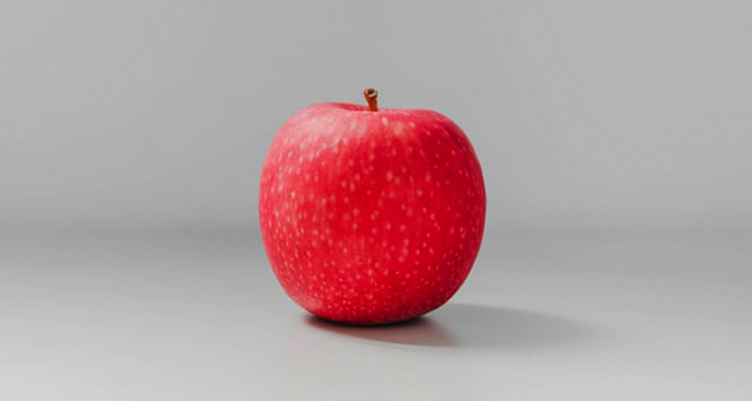
Pros:
- Easy (but at what cost?)
Cons:
- Dangerously restrictive
- Increases risks of nutrient deficiencies
- Not sustainable
Also called the monotrophic diet, the mono diet involves eating just one type of food for an undefined period of time. It was popularized in 2014, but examples of people who follow this style of eating exist throughout history — and they’re usually branded “eccentric.” The problem is that eating one type of food is dangerously restrictive and increases your risk of nutrient deficiencies — and any weight loss is likely due to calorie restriction because it’s tough to hit daily calorie goals if you’re eating just one food.[19]
Nutrisystem

Pros:
- Convenient — all meals are delivered to your doorstep
- Structured format takes the guesswork out of weight management
Cons:
- Monthly cost
- Not ideal for people with food allergies or sensitivities
- Makes eating out difficult
Nutrisystem is a convenient way to have prepared, pre-portioned meals delivered to your door. The diet promotes weight loss, which you may achieve through calorie restriction. While the menu features a variety of options for you to pick and choose from, the diet incorporates processed foods that may contain ingredients you want to avoid — like soybean oil, corn syrup and artificial dyes.[20]
Paleo diet

Pros:
- Emphasizes whole foods, quality proteins and fats
- Eliminates processed foods and refined sugar
- Ideal if you’re sensitive to grains, dairy and/or legumes
Cons:
- Rejects some sugar substitutes like xylitol and other sugar alcohols
The term “Paleo diet” was coined in the 1970s, but the diet is modeled after what our Paleolithic ancestors ate — meat, plants, nuts and seeds. This diet focuses on high-quality proteins and quality fats (like avocado oil and MCT oil) to support your overall wellness. Because you’re avoiding refined carbs, you’ll have more room on your plate for nourishing organic vegetables and grass-fed or wild-caught meats.[21][22]
Related: Bulletproof vs. Paleo vs. Ketogenic vs. Low-Carb Diets
Pegan diet
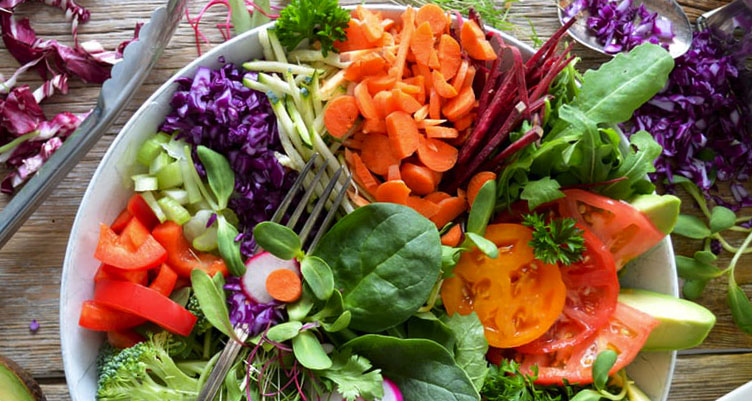
Pros:
- Combines whole food principles of vegan diet with the omnivore benefits of paleo
- Eliminates processed foods and common food allergy triggers like gluten and legumes
Cons:
- Nuts and seeds contain phytic acid, an antinutrient that may cause sensitivities in some people
Part paleo, part vegan, the pegan diet was created by Dr. Mark Hyman in 2014. It’s primarily a plant-based, whole-food style of eating (minus the beans and whole grains, but allows some meat, fish and eggs. Like the paleo and vegan diets, you’ll want to avoid dairy. Fill your plate with about 75% vegetables and fruits, and think of meat as a side — not the main course.[23]
Plant-based diet

Pros:
- Eating mostly plants likely means you’re eating fewer processed foods
- No limitations — just up your plant intake, and eat a variety of them
- You don’t have to completely eliminate animal foods from your diet
Cons:
- A plant-based diet still needs to be balanced: You need carbs, fats and protein, not fruit all day
- Refined grains, added sugars and vegan fast food are plant-based, but not necessarily healthful
- Some people have sensitivities to popular plant-based sources of protein like legumes and grains
In a way, humans have always followed a plant-based diet. Early humans were “opportunistic omnivores” who ate meat when it was available, but mostly lived off the land. This style of eating means you’re upping your overall plant intake and avoiding or minimizing animal foods. Many different diets fall under the plant-based umbrella, like raw food, vegetarian, vegan, Meditterranean and flexitarian.
Primal diet
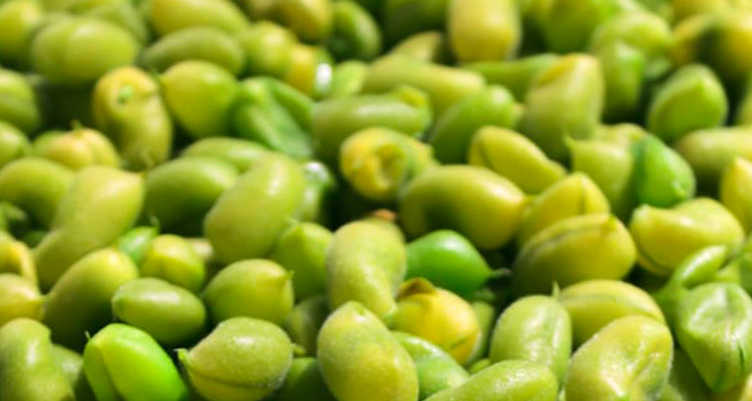
Pros:
- Allows a variety of high-quality, whole foods
- Minimizes processed foods
Cons:
- Like other diets, pay attention to how you feel after eating potentially inflammatory foods
Based on author Mark Sisson’s The Primal Blueprint, the Primal diet is similar to the paleo diet — both emphasize eating whole foods, restrict grains and sugar and take cues from what our ancestors would have eaten. Unlike the paleo diet, the Primal diet allows full-fat dairy, legumes and nightshades (in moderation, and only if you tolerate them).[24]
Related: Why Dairy Isn’t as Keto-Friendly as You Think
Raw food diet
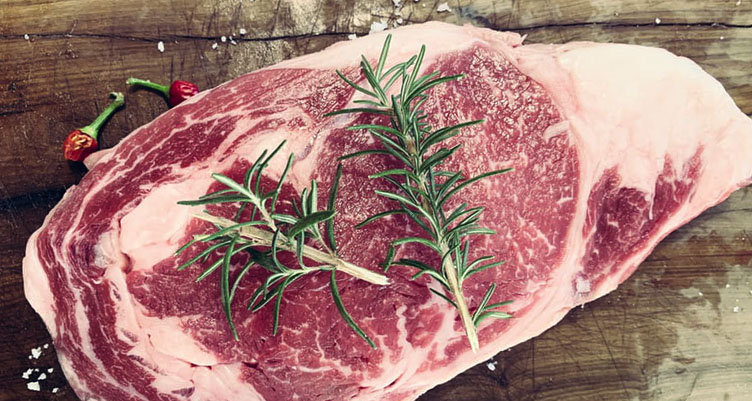
Pros:
- You’re going to eat a lot of plant-based foods
- Eating more fiber promotes satiety, so you’ll feel fuller, longer
Cons:
- Eating raw or minimally heated foods may increase your risk of food-borne illnesses
- Inconvenient, especially if you’re eating out
- May be difficult to eat enough of your daily calories
Proponents of the raw food diet believe that cooking food destroys its vitamins and nutrients. It’s true that some nutrients are lost when certain foods are cooked, but cooking can also make food easier to digest, reduce anti-nutrients and even make certain nutrients more available.[25] [26] Most foods on this diet are plant-based and never heated above a certain temperature, ranging from 92ºF to 118ºF.[27] It’s not all raw broccoli and carrot sticks: Raw foodists use devices like high-powered blenders and dehydrators to prepare their meals, which means you can still eat foods like smoothies, dried fruits and nut butters.[28]
South Beach Diet

Pros:
- Encourages mindful eating
- Lower-carb style of eating may help you enter ketosis
- Includes convenient options like an app and prepared meal options
Cons:
- Cost associated with South Beach Diet products
- Keto flu symptoms during the first phase
- Prepared meal options not always ideal for people with food sensitivities
The South Beach Diet emphasizes foods with a low glycemic index, or foods that have minimal impact on blood sugar levels. It’s broken down into phases to limit your carb intake and stay mindful about your food choices. Although it’s a lower-carb style of eating that emphasizes healthy fats, the South Beach Diet isn’t intended to put your body in ketosis.[29]
Slow-Carb diet
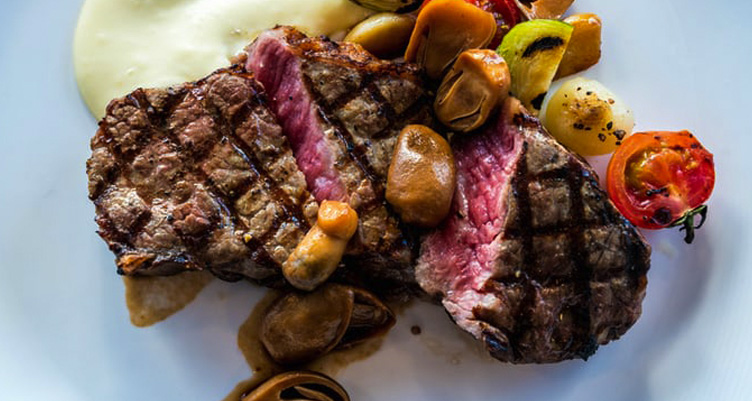
Pros:
- Eating the same few meals reduces decision fatigue
- Allows one day a week to eat whatever you want
Cons:
- Having one “cheat” day may encourage binging behavior in people who have a negative relationship with food
- Difficult to follow in social situations or eating out
Developed by author Tim Ferriss in 2010, the slow-carb diet claims to promote rapid weight loss by following a six days on, one day off structure: you eat unlimited amounts of foods from a certain list, then have one day a week to eat whatever you want. The diet restricts foods like white carbohydrates (which eliminates rice, refined flour and bread) and fruit (which is high in fructose, a type of sugar).[30]
The Zone Diet
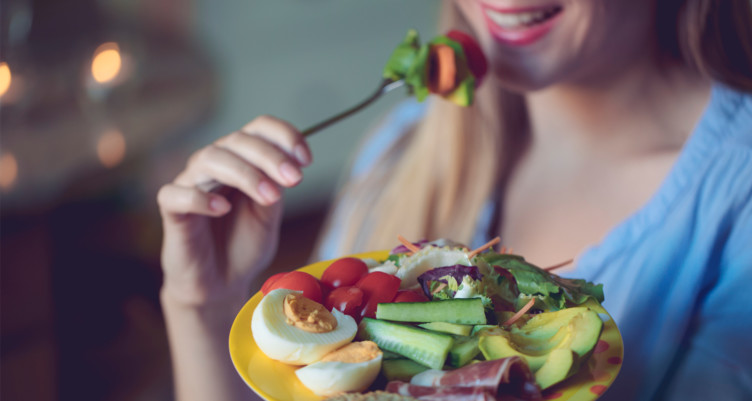
Pros:
- Minimizes consumption of grains and starches, foods which can lead to energy crashes
- Reinforces the importance of omega-3 fatty acids, which support your entire body and have anti-inflammatory benefits
Cons:
- Discourages foods high in saturated fat, even though grass-fed red meat, coconut oil and grass-fed butter can support a balanced diet
- Eating every five hours mitigates benefits of intermittent fasting
- Encourages low calorie consumption
The Zone Diet is designed to benefit your body by putting you in a physiological state called “the Zone.” To get there, you eat about 40% carbs, 30% protein and 30% fat with every meal. You also restrict grains and starches and prioritize certain fruits and vegetables.[31]
Vegan diet

Pros:
- Fills your diet with plant-based foods
- Growing popularity means it’s easier to follow
Cons:
- Eliminating all animal foods without adjusting your diet may increase your risk of nutrient deficiencies
- Not inherently healthy — you still need to make sure you’re getting enough macronutrients (carbs, fat, protein) and micronutrients (essential vitamins and minerals)
The word “vegan” was officially coined in 1944, but is closely associated with the history of the vegetarian diet.[32] Avoiding all animal products means you’ll want to bulk up your plate with nourishing fruits, vegetables and plant-based proteins. You’ll also need to take extra care to read the ingredients lists on your go-to products to avoid common fillers like whey, honey and gelatin.
Like vegetarianism, this plant-based diet doesn’t account for food sensitivities from triggers like wheat and legumes. Pay attention to how you feel if you start eating more of these foods.
Vegetarian diet
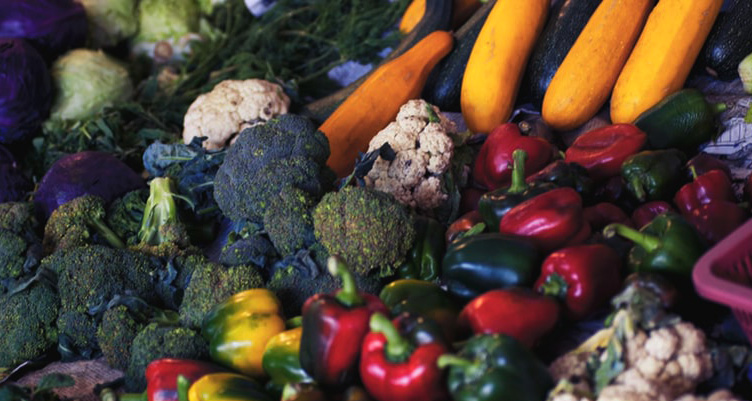
Pros:
- Eating more plant-based whole foods means you’re getting more antioxidants, micronutrients and fiber in your diet
- Different styles of vegetarianism to suit your needs
Cons:
- Eliminating meat without adjusting your diet may increase your risk for nutrient deficiencies
- Not inherently healthy — many foods are “technically” vegetarian, but not nourishing, like refined grains and highly processed foods
Vegetarianism has historic roots: It was practiced by Pythagoras in Ancient Greece.[33] There are many different styles of vegetarianism, such as lacto-ovo (eggs and dairy products allowed), pescatarain (eat fish, but no other meat) or flexitarian (mostly vegetarian, but occasionally eat animal products).
Eating more plants is a good idea no matter what diet you follow, and the growing popularity of this diet means it’s easier to find vegetarian options when you’re on the go — but watch out for processed vegetarian-friendly foods. Rather than being inherently healthy, they can still contain ingredients you want to avoid, like added sugars and hydrogenated oils.
Weight Watchers

Pros:
- Highly structured, yet flexible wellness program
- Built-in support system with in-person workshops and personal coaching
- Designed to teach people how to maintain healthy habits, not just lose weight
Cons:
- Monthly costs that vary, depending on your program
- Doesn’t account for potential food sensitivities
- Points structure may not be ideal for people with negative relationships with food
Weight Watchers teaches people how to apply healthful eating practices to their regular diet and lifestyle. In-person and online coaching options provide ongoing support and accountability, and because Weight Watchers is ultra-digital, it’s easy to stay within your goals by checking the point values of different snacks and restaurant meals on the go.[34]
Whole30

Pros:
- Eliminates foods that commonly contribute to food sensitivities
- Popularity means it’s easy to find recipes and Whole30-compliant ingredients
- Features extensive support online
Cons:
- Requires commitment to go cold turkey
- Can be difficult to balance eating out
- Cooking Whole30 meals requires planning and time
Whole30 is less of a diet and more of an elimination framework to change your relationship to food. You eliminate grains, alcohol, sugar, legumes and dairy for 30 days, and instead focus on eating nourishing, whole food-based meals (hence the “Whole30” name). At the end of 30 days, you can stick to the plan’s principles while you return to your regular diet — and hop back on the Whole30 train when you want.[35]
Related: Here’s How to Do the Whole30 and Be Bulletproof
The Bulletproof Diet
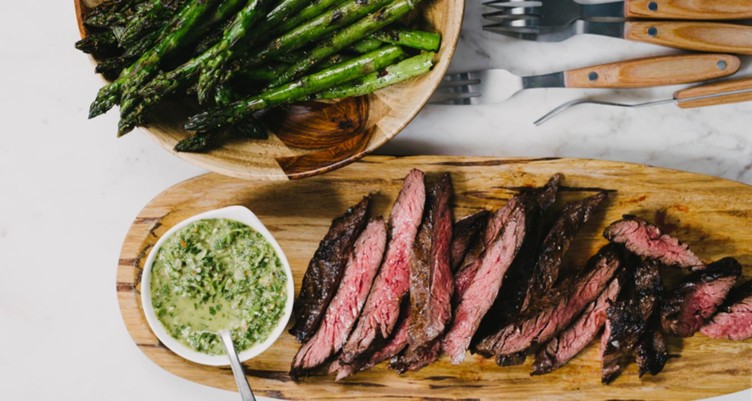
Pros:
- Easy-to-follow roadmap places foods on a spectrum
- Emphasizes nutrient dense foods and encourages intermittent fasting
- Flexible for people with food sensitivities
Cons:
- May experience keto flu symptoms as your body switches into ketosis
- Grass-fed, wild-caught meats and organic produce can be more expensive than conventional foods
The Bulletproof Diet is a cyclical keto style of eating that emphasizes nutrient dense foods to feel your best, curb cravings and perform at your peak. Instead of framing foods as “good” and “bad,” the Bulletproof Diet places foods on a spectrum: green for foods that fuel you and should be eaten often, yellow for foods that can contribute to sensitivities in some people and red for foods that you want to avoid. And because you’re carb cycling, you’ll reap the benefits of keto without the long-term issues associated with lower-carb diets.
Ready to get started? Try the FREE Bulletproof 30 Day Upgrade and learn how to get more energy, feel strong and fuel your mind and body.
Give us 30 days and we'll give you more energy. Get tips, recipes and more that will help you become the best version of YOU.



